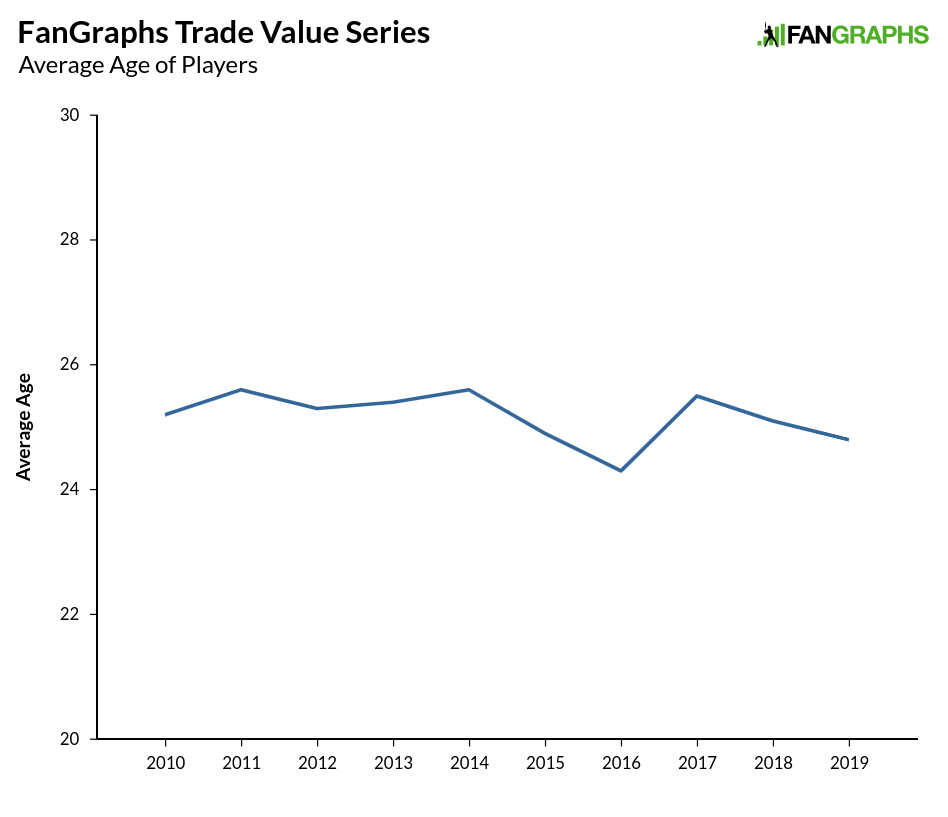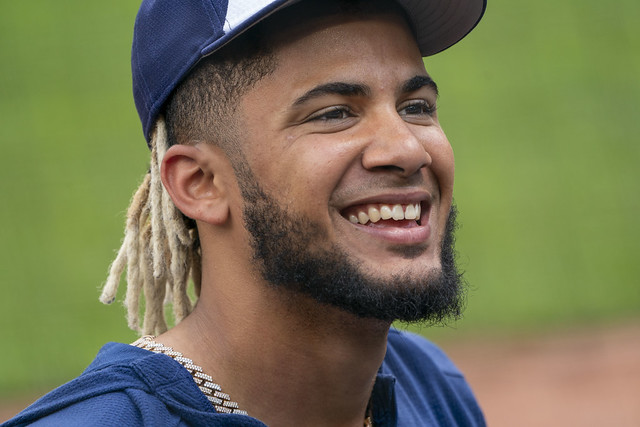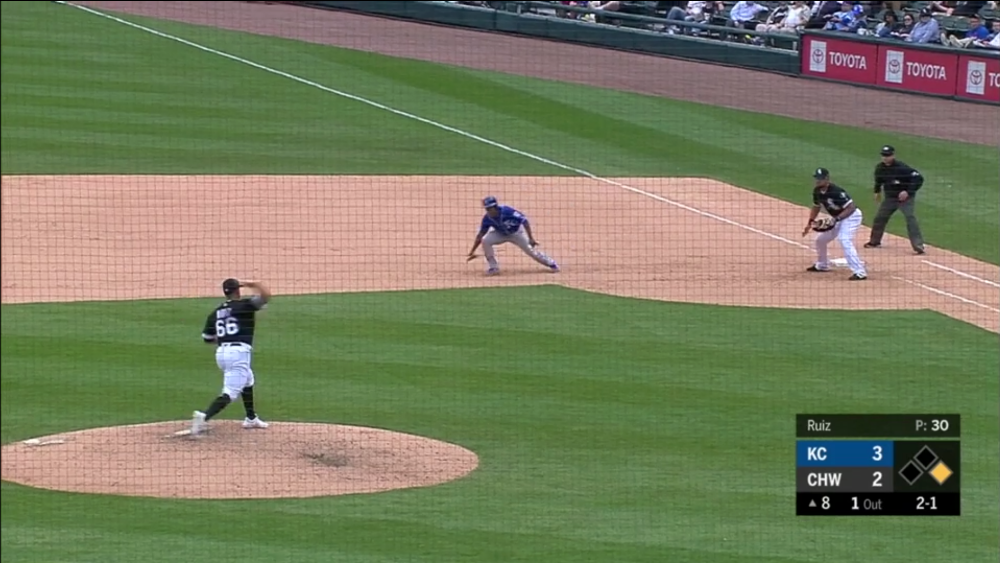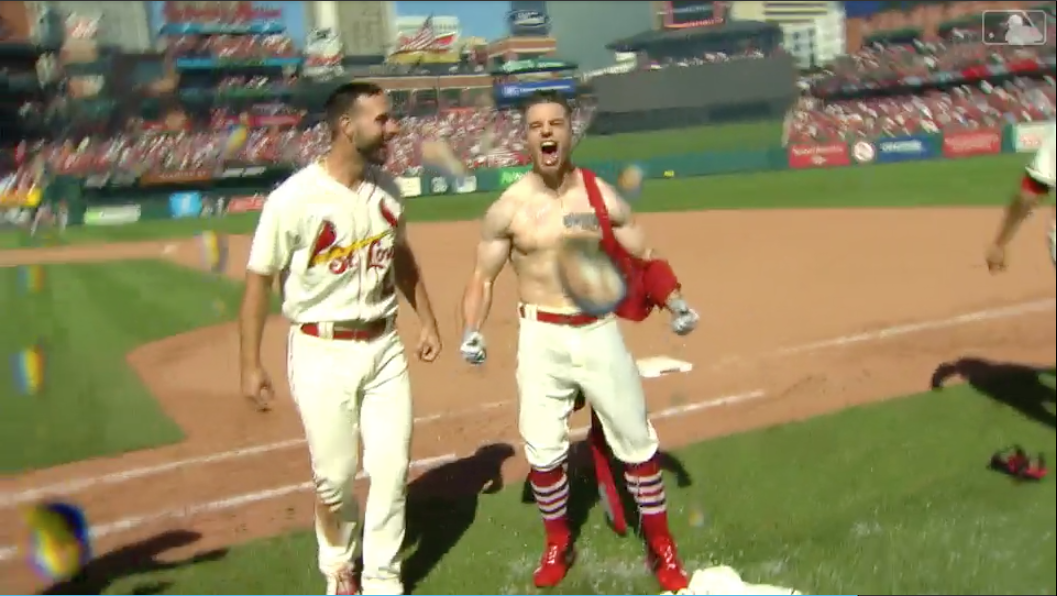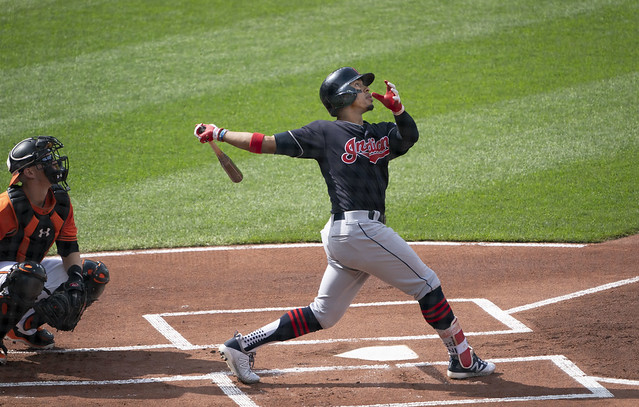The Trade Value Series Skews Young (Again)
Today, we wrapped the 2019 Trade Value Series. The series always offers a number of a interesting insights into the industry’s thinking leading up to the deadline, and serves as a reminder that younger players tend to have considerably more trade value than their older peers. There are multiple reasons for that phenomenon. First, younger players are cheap. Owners and players have agreed to a system that pays players around half a million dollars for the first three seasons of their major league careers, followed by another three or four years of arbitration during which salaries increase gradually, but are only guaranteed for a single season at a time, limiting risk for teams. Then, after six full seasons in the big leagues, players hit the free agent market, where every team is welcome to bid for a player’s services. As a result, players who reach free agency tend to have much higher salaries than their younger teammates. It stands to reason when determining trade value, then, that, assuming an equal level of play from a younger and an older player, teams would value the younger player more highly because said player is cheaper.
The logic above can be seen pretty clearly in this year’s Trade Value Series, as well as those of the past decade. The graph below shows the average age of the players featured in the Trade Value Series over the last 10 years, with the first eight installments of the exercise conducted by Dave Cameron and the last two performed by Kiley McDaniel.
